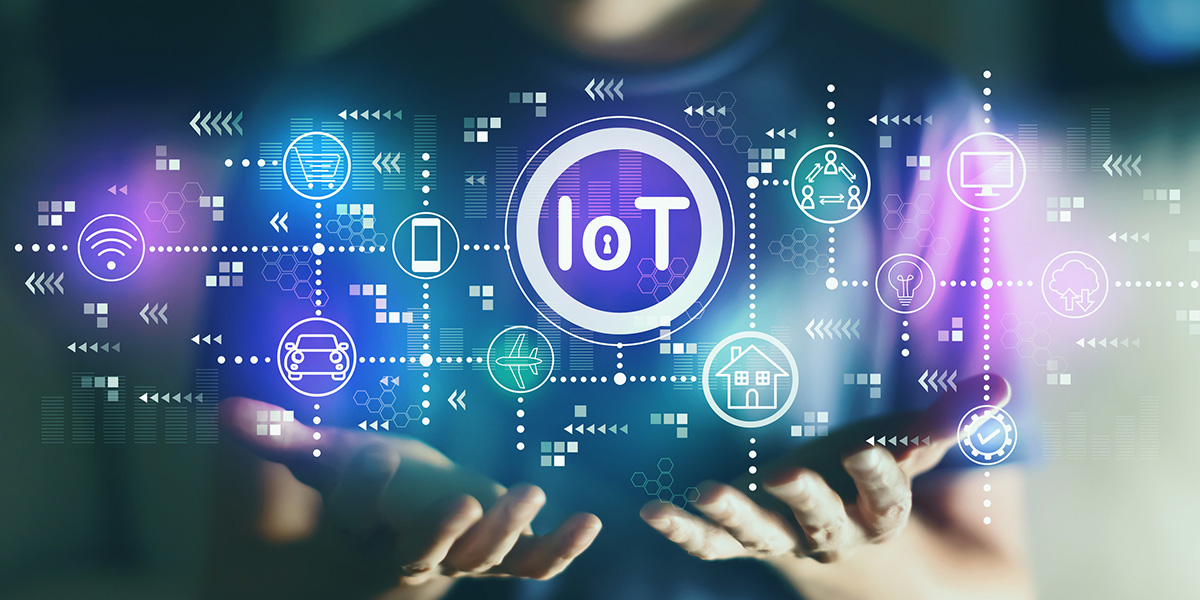The Internet of Things (IoT) is a rapidly growing network of connected devices that communicate and share data with each other. As the number of IoT devices increases, the demand for efficient data processing and management becomes more critical. This is where edge computing comes into play. Understanding how edge computing works in IoT is essential for businesses and individuals looking to harness the full potential of IoT technology.
Edge computing refers to the process of handling data processing and analysis closer to where the data is generated, rather than relying solely on centralized cloud computing resources. This approach reduces latency, lowers bandwidth usage, and enhances the overall efficiency of IoT systems.

The Basics of Edge Computing
What is Edge Computing?
Edge computing is a decentralized computing infrastructure that processes data at the edge of the network, near the source of data generation. This method contrasts with traditional cloud computing, where data is sent to a centralized data center for processing and analysis.
The Evolution of Edge Computing
The concept of edge computing has evolved over the years due to the increasing volume of data generated by IoT devices. As a result, businesses and developers have sought ways to reduce latency and improve data processing efficiency. You can learn more about this evolution by exploring how prototyping tools for IoT have adapted to these changes.
Key Components of Edge Computing
Key components of edge computing include edge devices, edge nodes, and edge gateways. These components work together to ensure efficient data processing and communication within IoT systems.
How Edge Computing Works in IoT
Data Processing at the Edge
In an IoT environment, edge devices collect and process data locally. This reduces the need to transmit large volumes of data to centralized cloud servers, minimizing latency and bandwidth usage.
Benefits of Edge Computing in IoT
Edge computing offers numerous benefits for IoT applications, including reduced latency, improved data security, and enhanced scalability. These advantages make it an attractive option for businesses looking to optimize their IoT systems. To explore more about the benefits, check out how ruggedization techniques enhance device performance.
Challenges in Implementing Edge Computing
Despite its benefits, implementing edge computing in IoT systems presents challenges, such as managing distributed resources and ensuring data security across multiple devices. Addressing these challenges is crucial for businesses looking to leverage edge computing effectively.
Applications of Edge Computing in IoT
Smart Cities
Edge computing enables real-time data processing and analysis in smart city applications, improving traffic management, public safety, and energy efficiency.
Industrial IoT
In industrial settings, edge computing facilitates predictive maintenance, real-time monitoring, and optimization of manufacturing processes. To delve deeper into the maintenance aspect, explore our guide on maintenance of rugged devices.
Healthcare
Edge computing enhances patient care by enabling real-time monitoring and analysis of medical data, improving diagnosis and treatment outcomes.
The Future of Edge Computing in IoT
Trends to Watch
The future of edge computing in IoT is promising, with trends such as increased adoption of AI and machine learning at the edge, as well as advancements in edge device capabilities.
Potential Impact on Industries
The widespread adoption of edge computing in IoT has the potential to revolutionize industries by enabling more efficient data processing, improved decision-making, and enhanced operational efficiency. For a deeper understanding of this impact, consider exploring how IoT product development is shaping future innovations.
Conclusion
Understanding how edge computing works in IoT is crucial for businesses and individuals seeking to optimize their data processing capabilities. By processing data closer to its source, edge computing offers numerous benefits, including reduced latency, improved security, and enhanced scalability. As the demand for efficient data processing continues to grow, the adoption of edge computing in IoT systems is expected to increase, driving innovation and transforming industries.

FAQ Section
What is the main advantage of edge computing in IoT?
The main advantage of edge computing in IoT is its ability to process data closer to the source, reducing latency and improving overall system efficiency.
How does edge computing improve data security?
By processing data locally, edge computing reduces the need to transmit sensitive information over networks, minimizing the risk of data breaches and enhancing security.
Can edge computing be used in all IoT applications?
While edge computing offers significant benefits, its implementation depends on the specific requirements and constraints of each IoT application. Businesses must evaluate their needs to determine if edge computing is a suitable solution.


